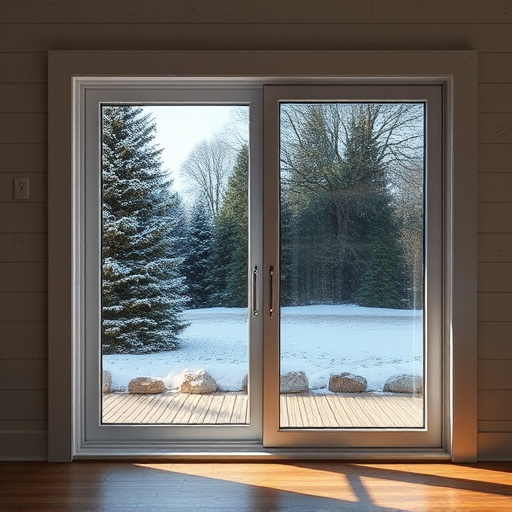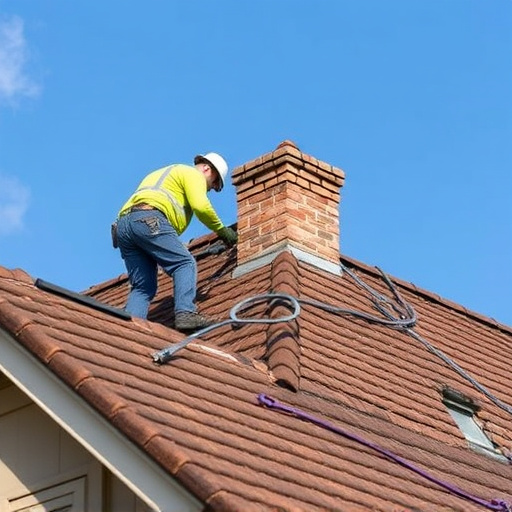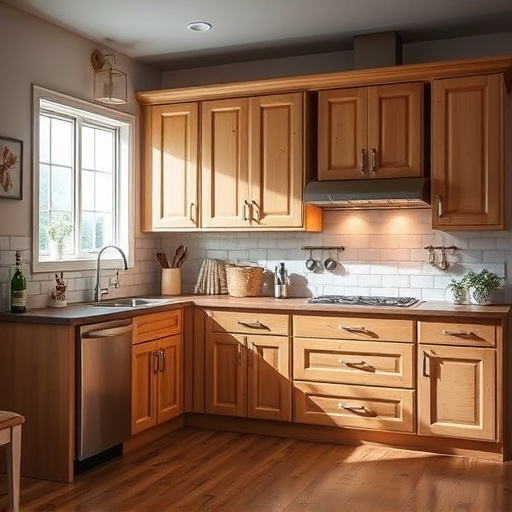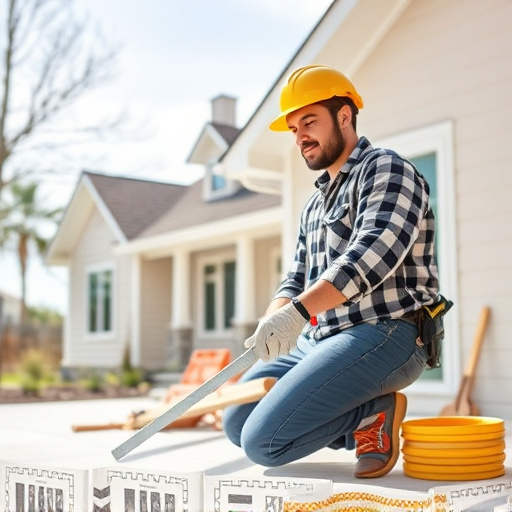Before starting any flooring replacement project, clear the space, protect existing surfaces, assess the subfloor condition, and specifically prepare based on material type. Accurately measure the area, gather necessary tools, and for larger projects, consider specialized equipment and adhesives to ensure a successful and durable installation.
Looking to refresh your space with new flooring but unsure where to start? Replacing flooring over existing surfaces is a feasible DIY project, offering both cost savings and design flexibility. This comprehensive guide navigates the process step-by-step, from preparing your work zone to final touches. Learn how to assess the current surface, measure your area, and safely remove old flooring without damage. Discover expert techniques for installing new planks, tiles, or carpet, ensuring a level, secure finish.
- Preparing for Floor Replacement:
- – Assessing the existing surface and understanding its condition.
- – Measuring the area to be replaced and gathering necessary tools and materials.
Preparing for Floor Replacement:

Before tackling any flooring replacement project, whether it’s for a kitchen and bath upgrade or residential renovations, proper preparation is key. Start by clearing the space, removing all furniture, appliances, and decorations that might be in the way. This ensures you have ample room to work and prevents any damage during the process. Protecting your existing surfaces with drop cloths or plastic sheeting is also crucial; this safeguards against scratches, stains, or debris from your tools and materials.
Next, assess the condition of the subfloor. In many cases, especially during a kitchen remodel, you might not need to replace the entire subfloor but can patch and level it instead. This is cost-effective and saves time, allowing you to install new flooring more efficiently. Keep in mind that the safety and stability of your new floor rely on a solid foundation, so taking the time to prepare ensures long-lasting results for your residential renovations.
– Assessing the existing surface and understanding its condition.

Before diving into the flooring replacement process, it’s crucial to assess the existing surface and understand its condition. This step is vital in ensuring a smooth and successful installation. Start by examining the floor for any signs of damage, such as warped boards, loose tiles, or visible water damage. Look for uneven spots that might indicate structural issues beneath. Also, consider the type of material you’re dealing with—wood, tile, linoleum, or concrete—as each requires specific preparation methods.
In terms of home renovation and remodeling, this initial evaluation is a critical step in planning your whole house remodels. It helps determine whether you need to address underlying problems before laying down the new flooring. By taking the time to thoroughly assess the existing surface, you’ll avoid costly mistakes and ensure that your new flooring is installed properly, leading to a more durable and aesthetically pleasing result.
– Measuring the area to be replaced and gathering necessary tools and materials.

Before tackling any flooring replacement project, it’s crucial to start by accurately measuring the area where the new floor will be installed. This involves sketching a rough layout of the room and noting down the dimensions of walls, doors, and fixtures. Once you have these figures, use online tools or consult with professionals to determine the exact amount of flooring material required for your flooring replacement.
Gathering the right tools and materials is another essential step in a successful home renovation. You’ll need items like a tape measure, pencil, level, utility knife, and a floor roller. For more intricate projects or larger spaces, such as a bathroom remodel, you might require specialized equipment and an array of adhesives, primers, and finishes suitable for the new flooring type.
Replacing flooring over an existing surface is a feasible DIY project with proper preparation. By assessing the current state of your floor, taking accurate measurements, and gathering the right tools and materials, you can successfully install new flooring while ensuring a safe and durable result. Remember to prioritize safety throughout the process, and your newly installed flooring will be a testament to your skills and a beautiful addition to your space.














